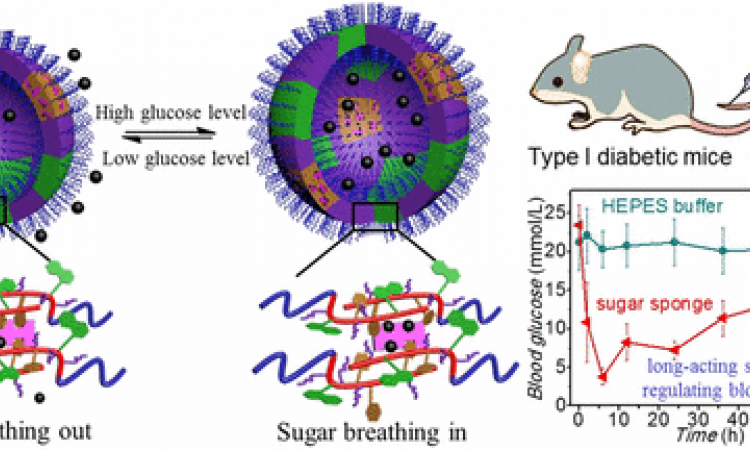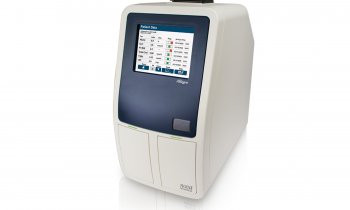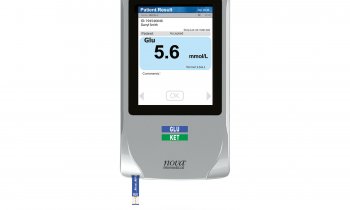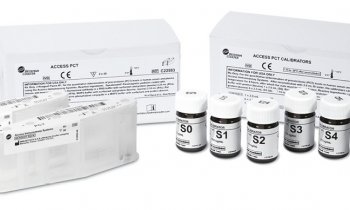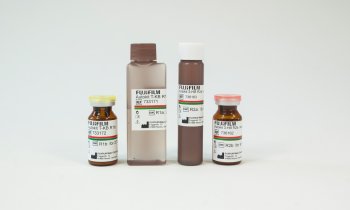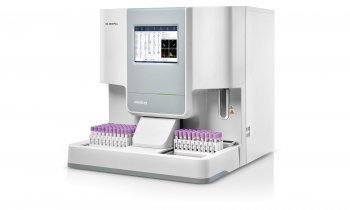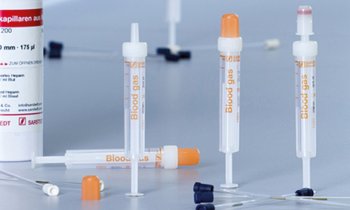Diabetes
Recommended blood pressure targets are being challenged
The Swedish National Board of Health and Welfare recently raised the recommended target blood pressure for patients with diabetes. This may lead to more patients suffering from stroke or heart attack, according to a new study from the Sahlgrenska Academy. The new study is the world’s largest on the subject and is based on data from the National Diabetes Register.

In February 2015, the Swedish National Board of Health and Welfare raised the recommended goal for systolic blood pressure (blood pressure when the heart is contracting) in their guidelines for diabetes care. The target blood pressure was raised from the previous level of below 130 mm Hg to below 140 mm Hg. The recommended target is important for how intensive antihypertensive treatment should be in patients with diabetes.
Linear relationship
The background for the revised recommendation was research suggesting that not only high blood pressure values, but also values below 130 mm Hg could lead to increased morbidity from cardiovascular diseases. The researchers behind the new study are questioning this. Their study shows a linear relationship between blood pressure and cardiovascular disease. The lower the blood pressure, the fewer cases of stroke and myocardial infarction, even at the lowest levels. “We believe that the recommendation to accept higher blood pressure in patients with diabetes is incorrect. It may lead to more cases of stroke and myocardial infarction in this patient group,” said Staffan Björck, Associate Professor of Nephrology at Sahlgrenska Academy, University of Gothenburg and one of the researchers behind the study.
187,000 patients
The new study is based on data from the National Diabetes Register, the Patient Register and the Prescribed Drug Register. It covers 187,000 patients with type 2 diabetes, who were followed for an average of 5 years.
The main difference between this study and the studies on which the Swedish National Board of Health and Welfare based its recommendations is that patients who already suffered from serious diseases were not included in the new study. “What we have seen in our study is that, if we exclude individuals with previous severe disease, then the connection between low blood pressure and increased risk of stroke and myocardial infarction disappears,” said Samuel Adamsson Eryd, MD, the primary author of the study.
There is a natural explanation for this. “If patients with diseases that can cause low blood pressure are also included in a study, the overall interpretation might be that low blood pressure leads to more cardiovascular disease,” said Staffan Björck.
300,000 patients in Sweden
There are approximately 300,000 patients with diabetes in Sweden, but they are not the only ones affected by the revised blood pressure targets. Both European and American expert organizations have raised the recommended goal for systolic blood pressure to below 140 mm Hg. As the new study is much larger than all previous studies on the topic, it is important for discussions of blood pressure targets, both in Sweden and abroad.
Source: University of Gothenburg
09.09.2016



